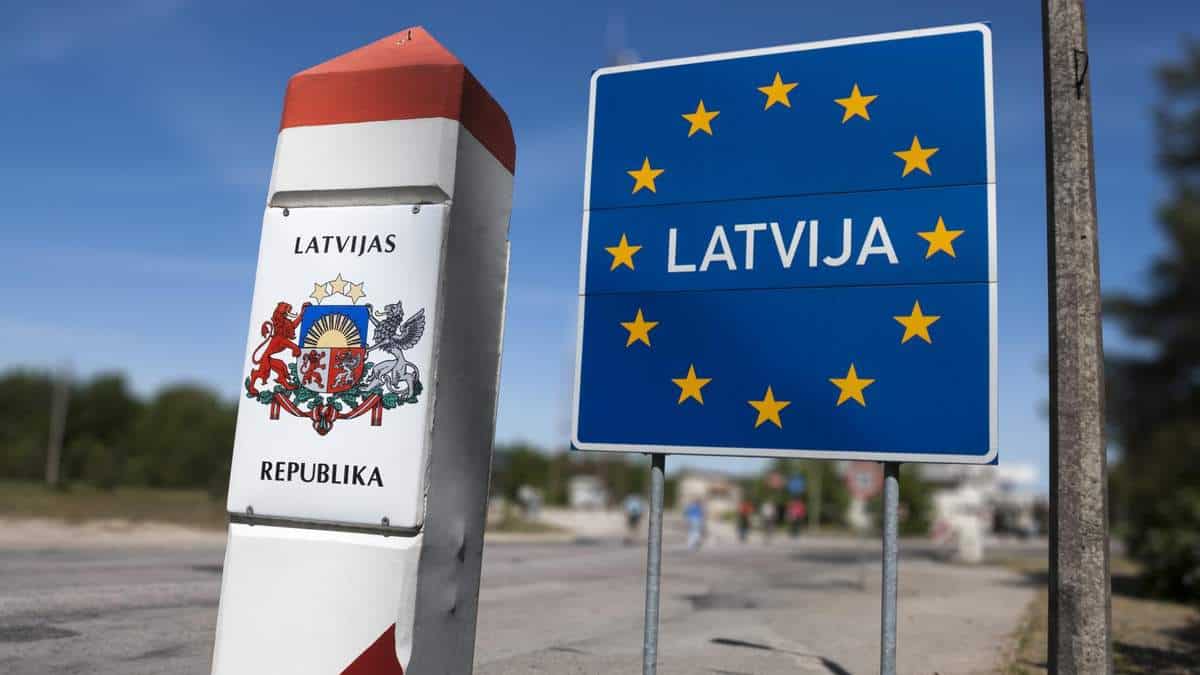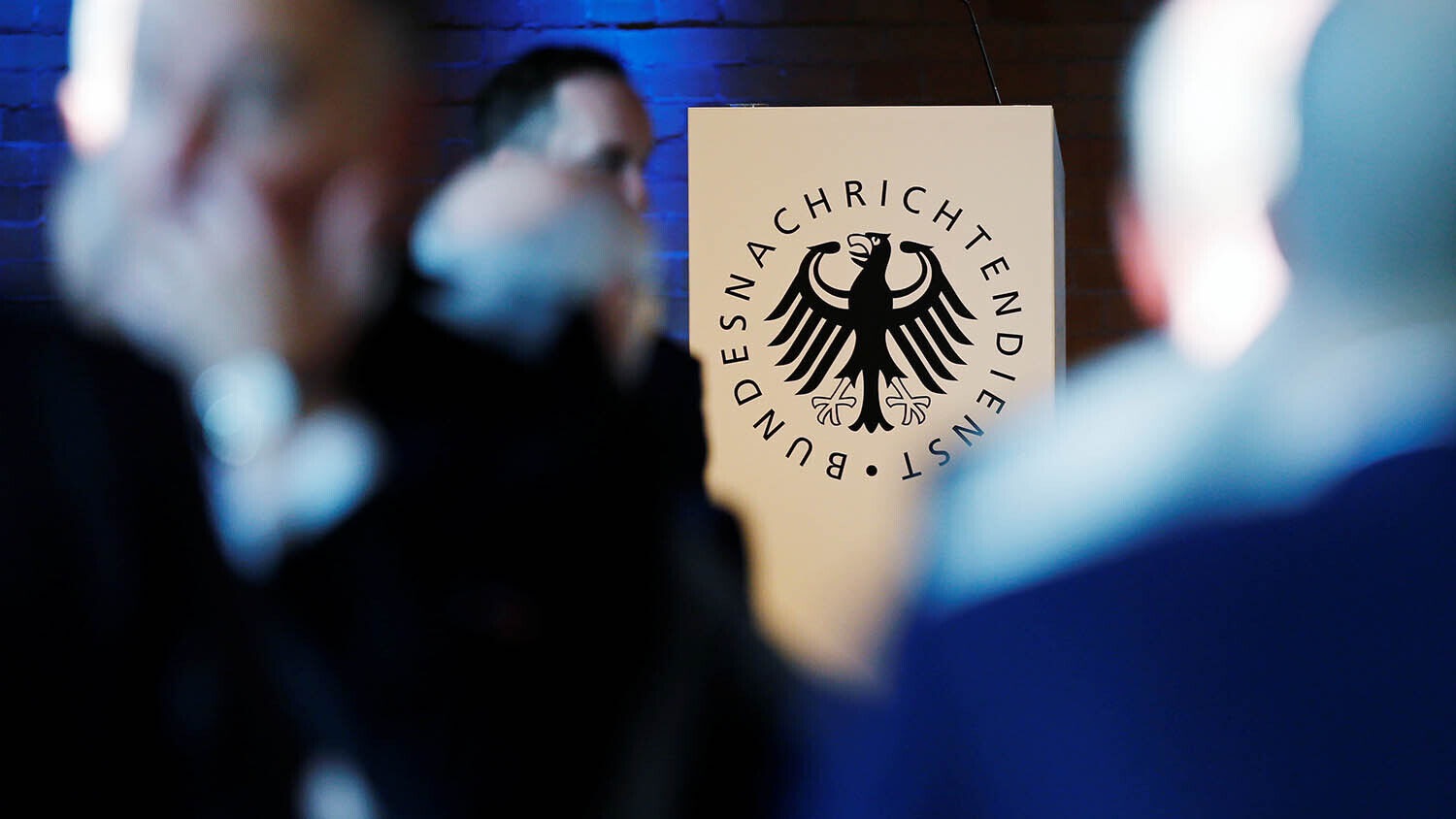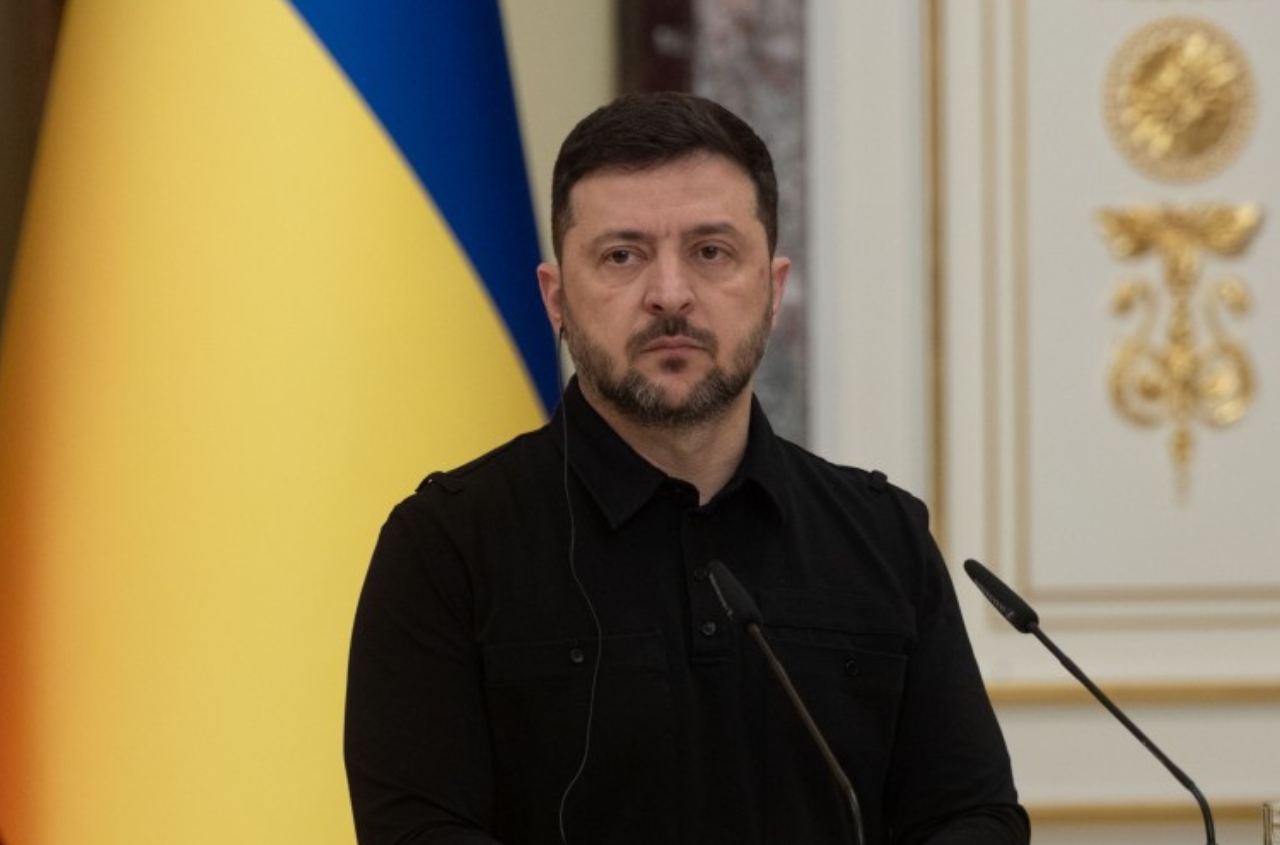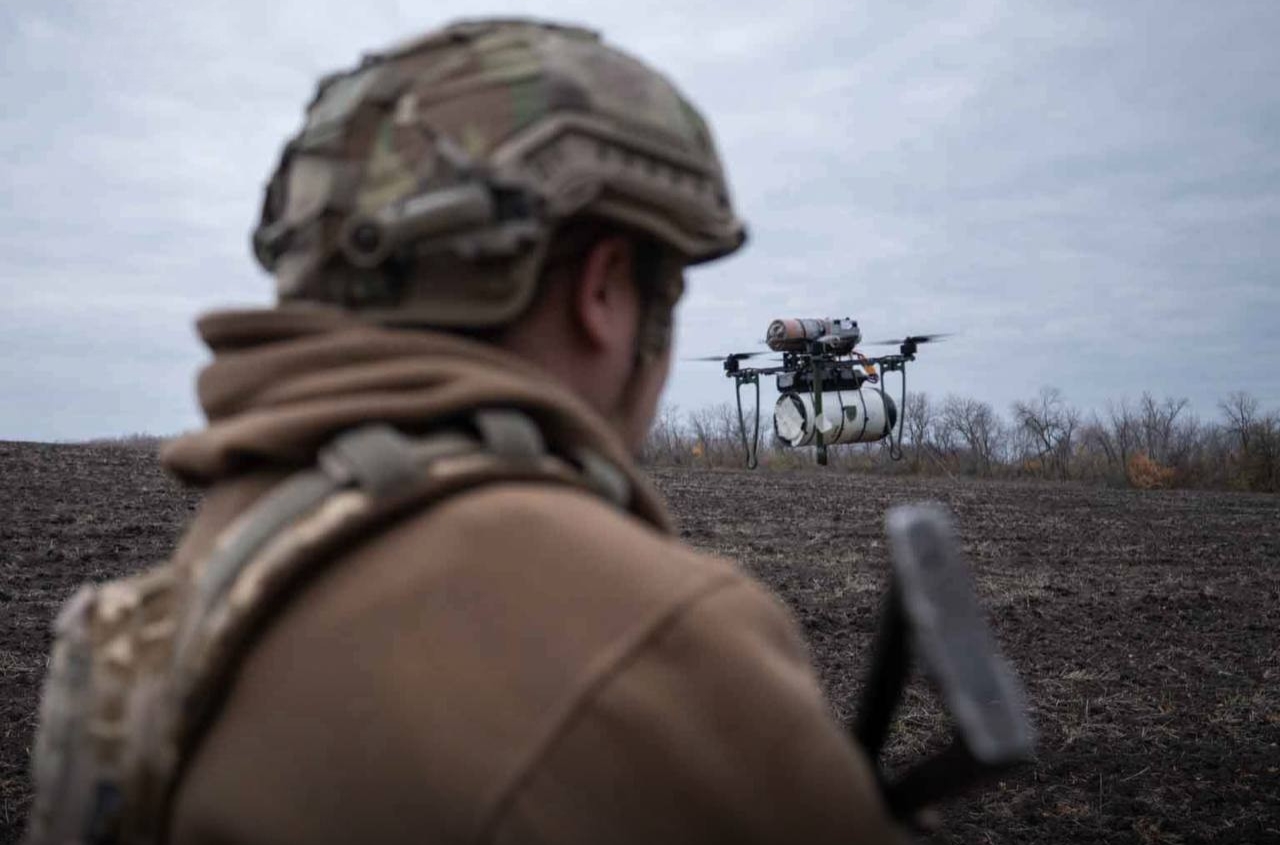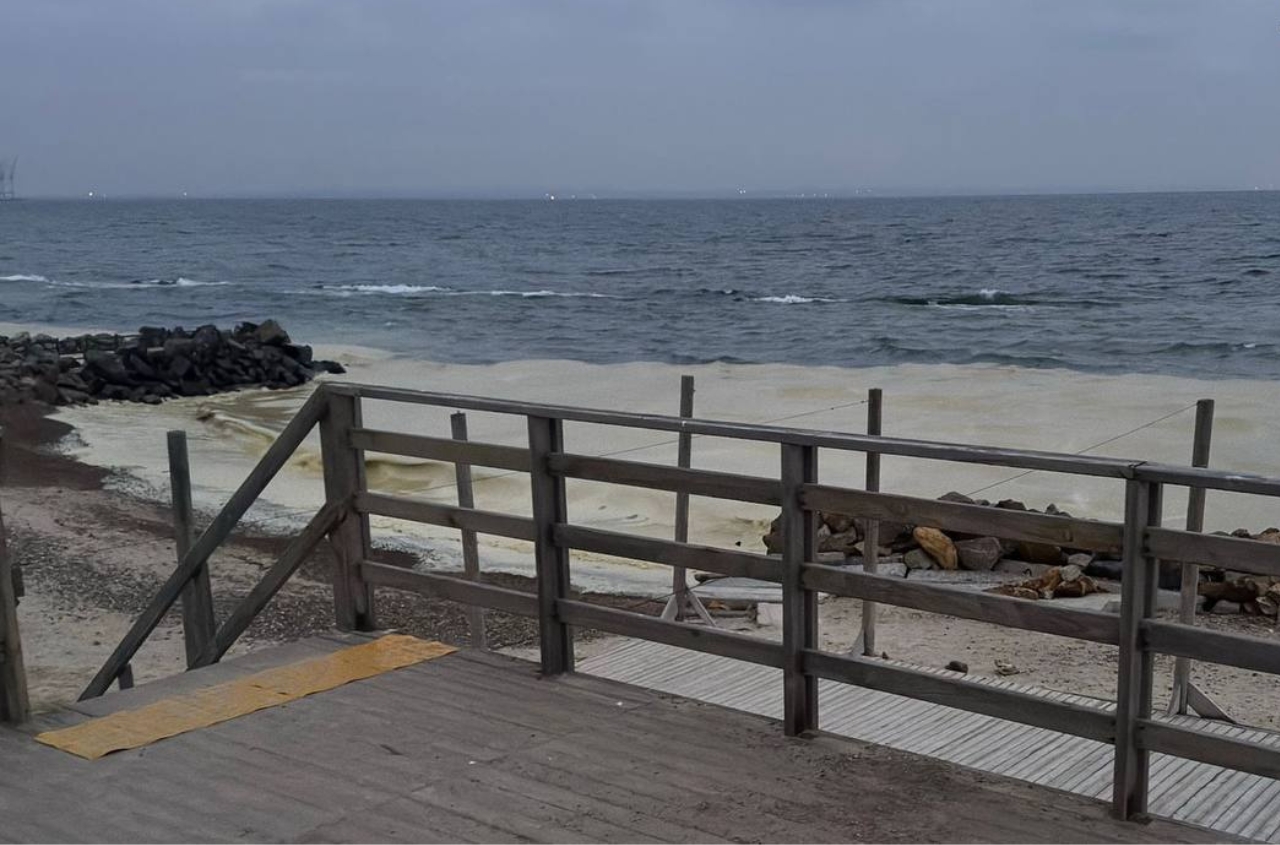The Latvian Military Intelligence and Security Service (MIDD) has published its annual report for 2024, identifying Russia as the main source of military and hybrid threats.
The report predicts a prolonged confrontation between Russia and NATO, with increasing risks to Latvia's security after the conclusion or suspension of the Russian-Ukrainian war.
According to MIDD, a direct Russian military invasion of Latvia in 2025–2026 is unlikely. However, the threat is expected to grow in the medium- to long-term due to Russia's military reforms, its strategic focus on NATO's eastern flank, and the gradual waning of Western attention to the region. MIDD notes that in 2025, at least 40% of Russia's federal budget will be allocated to defense and national security. This is a sign of systemic militarization and an economic shift toward war, despite crises in other sectors.
As part of Russia's military reforms, in 2024, the Western Military District was split into the Leningrad district (responsible for the Baltic and Scandinavia) and the Moscow district (Central Europe and Ukraine). New units and formations have been established in Karelia and Kaliningrad, and a new army corps is being formed in the border regions.
MIDD also highlights the increased activity of Russia's GRU (military intelligence), particularly in preparing and conducting sabotage and diversionary operations, including arson attacks on Latvian enterprises; gathering information on NATO infrastructure; attempts to eliminate specific individuals; and recruiting Latvian citizens with no apparent ties to Russia.
Additionally, Latvian intelligence asserts that Belarus is aiding Russia in intelligence operations, particularly by providing transit support for Russian intelligence services.









